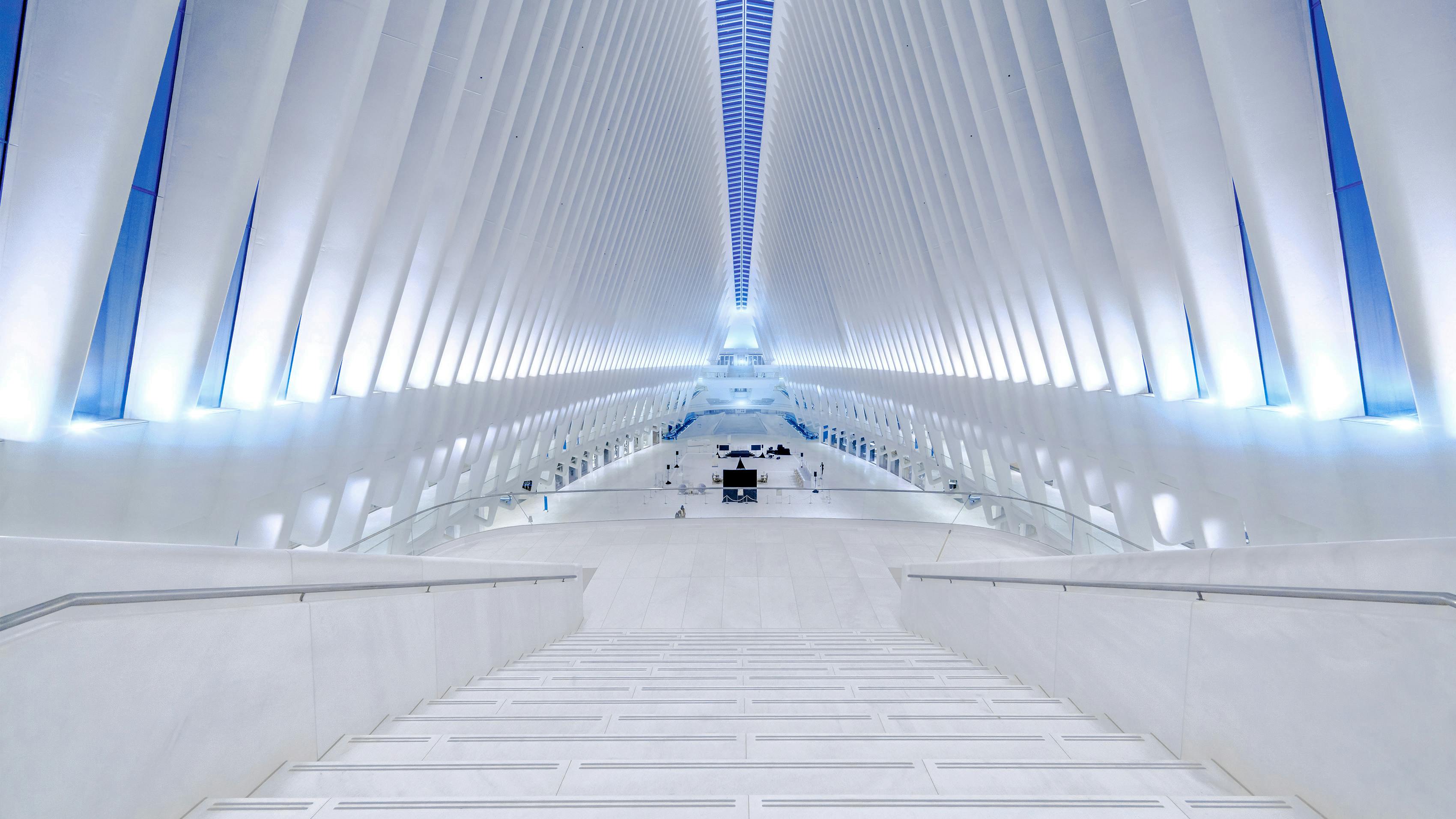The white gold of Lasa

It is hard, but not rigid. Massive and compact yet extremely elegant due to its natural grain. Its trademark: versatility. Back in Roman times, exclusive Lasa marble lined the historic Via Claudia Augusta in the form of milestones. Today, you can find it in the monument to Queen Victoria in front of Buckingham Palace in London and in the Ground Zero subway station in New York. Built a few years ago, the marble gives the station its futuristic appearance. It seems almost unbelievable that this precious stone comes from a small village in Val Venosta – precisely from Lasa, as its name suggests.

ON THE TRAIL OF WHITE GOLD
At an altitude of 1500 m, among dense coniferous forests, mountain pastures and rugged rocks, a veritable treasure is hidden, whose history dates back to the Paleozoic era. Four hundred million years ago, in northern Africa, a large quantity of calcium carbonate was deposited in the earth. Exposed to high temperatures and the strong pressure of the stratification, it crystallized and, during the drift of the tectonic plates, was shifted to Alto Adige. This limestone was thus transformed into the white marble we know today. For a long time, Lasa marble was not given its due. The deserved merit for this precious material did not come until the 19th century. Thanks is due to the pioneer of Lasa marble, Josef Lechner. He was the first to discover the rich deposit of the Croda Jenne massif and to start mining in the Acqua Bianca quarry. Still today, the Lasa Marmo company extracts the purest marble in the world here in the Stelvio National Park.
FROM THE HEART OF THE MOUNTAIN TO THE VALLEY
The quarry, a workplace of about twenty miners, is a labyrinthine network of underground tunnels and caves that lead for several kilometres deep inside the mountain. A young stonecutter was hired in early 2021, the first woman ever in the history of Lasa Marmo. For safety reasons, the quarry is only accessible to architects, designers or journalists. Those who are curious to get to know this extraordinary natural stone up close and discover the long history of its extraction can participate in organized guided tours. Years ago, iron spikes and wedges or exploding mines were used to detach the blocks from the wall, with great losses of material. Today more sophisticated tools and systems, such as modern sawing machines, are utilised to create less damage to the precious marble. Diamond wire and diamond chain cutting machines are capable of precisely cutting blocks of 800 tons each. Next, the blocks are reduced in size and transported via large wagons to the quarry entrance. Here, the white cubes are loaded onto heavy trucks that will take them to the valley floor.

ART AND ARCHITECTURE
Once the raw material arrives at the processing plant in the valley, it is milled and shaped into the common commercial sizes, then smoothed and polished. The marble leaves its native town of Lasa in the form of elegant slabs to cover facades or as flooring. It also goes in whole blocks to award-winning architects, designers, stonecutters, artists and sculptors from all over the world. They give the crystalline stone new life, both in buildings or in works of art, embellishing indoor and outdoor environments, bringing a piece of South Tyrol throughout the world. Lasa marble is not only in demand abroad; the locals appreciate it for its refined beauty and homogeneous appearance. In South Tyrol, numerous hotel bathrooms or concert halls have been covered with the striking “South Tyrolean White Gold”. The town of Lasa itself, as one can imagine, has many examples of the excellent local marble. The town’s inhabitants do not walk on normal grey stones, but on magnificent white pavements. Sculptures, fountains, stairs and decorative elements made with the marble are dotted through the town.
A STONE LIKE NO OTHER AN OUTSTANDING STONE OF EXCELLENCE / INCOMPARABLY UNIQUE
Why is Lasa marble so precious? The secret lies in its particular composition and its unparalleled characteristics. Unlike other limestone, Lasa marble has a finer grain, a quality that makes it particularly noble and precious, as well as resistant, thanks to the high component of calcium carbonate. What’s more, it is harder than any other marble. Lasa marble is impermeable to water, resists cold, de-icing salt, and chlorine. This also makes it suitable for the construction of swimming pools or external facades even in places where temperatures drop below zero. Finally, it is considered the purest marble in the world.


